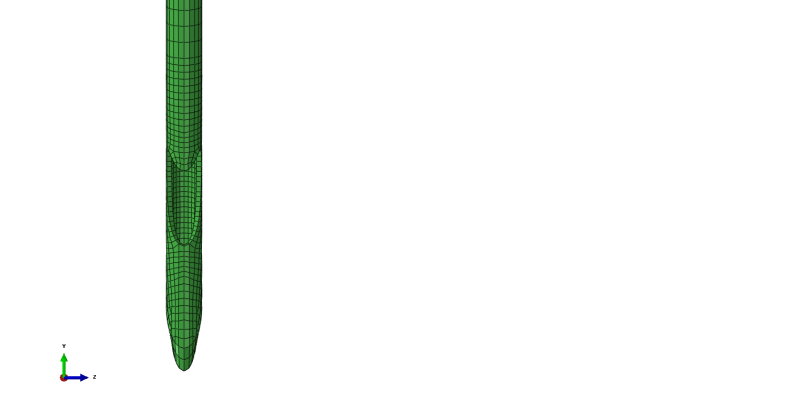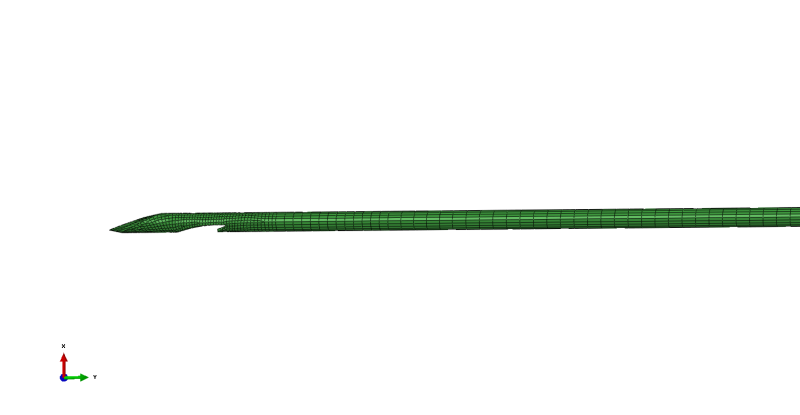Hi all,
I am using Abaqus/Cae to create needle-rubber interaction analysis. Every time when I used the material property density in tonne/mm3, the simulation fails because of material failure and come out as error. When I change the density to kg/mm3 the models runs through with convergence and no error in running.
Can some one please help me out. I am using steel properties for needle. If I use 7.8e-6 kg/mm3 instead of 7.8e-9 tonne/mm3 for material density would it make any difference in the final results of the model. If yes how can I solve the issue.
As I don't see any difference in unit conversion if I use kg instead of tonne.
Kind regards
MGJ
I am using Abaqus/Cae to create needle-rubber interaction analysis. Every time when I used the material property density in tonne/mm3, the simulation fails because of material failure and come out as error. When I change the density to kg/mm3 the models runs through with convergence and no error in running.
Can some one please help me out. I am using steel properties for needle. If I use 7.8e-6 kg/mm3 instead of 7.8e-9 tonne/mm3 for material density would it make any difference in the final results of the model. If yes how can I solve the issue.
As I don't see any difference in unit conversion if I use kg instead of tonne.
Kind regards
MGJ



